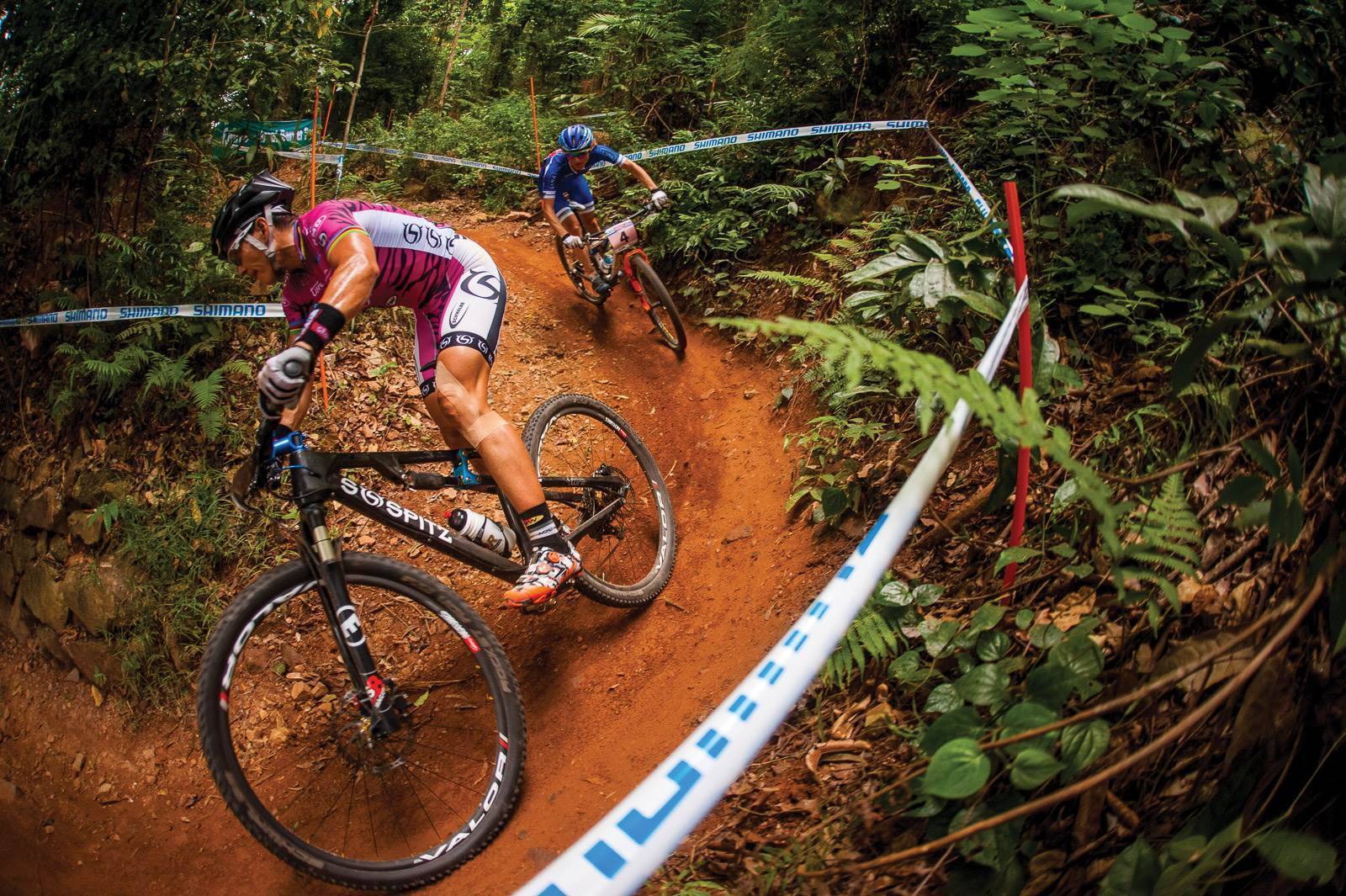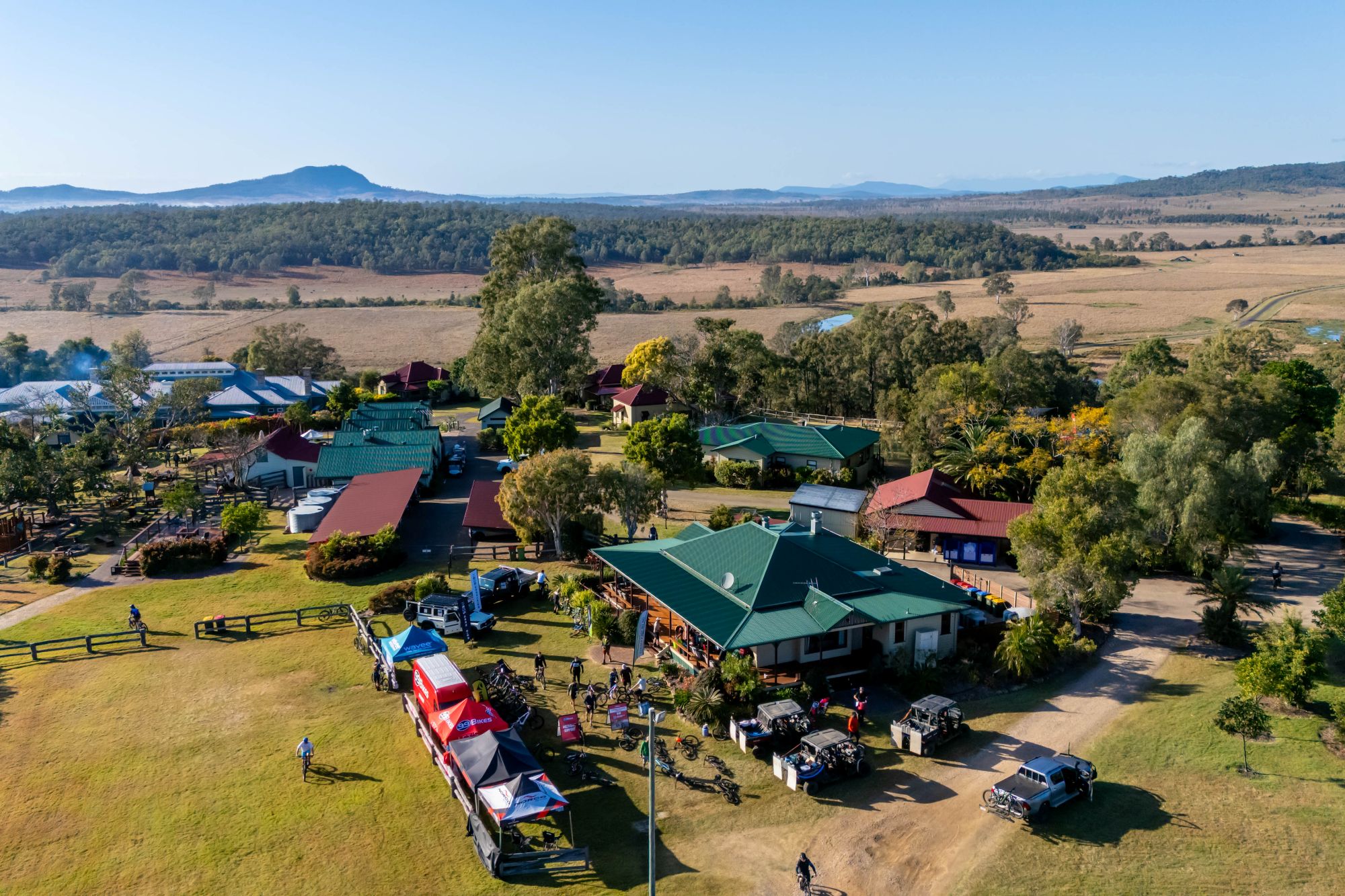Training to improve your aerobic capacity
Ramping up and getting the most out of your Aerobic capacity with these simple sessions.
Words: Jenni King Photos: Robert Conroy
I’m guessing that, at this stage of the Australian summer season, many readers will be ramping up their training with the aim of hitting peak form over the next couple of months. Some of you may be aiming for one of the classic marathon events such as the Otway Odyssey or the AMB 100, you may have the Bike Buller Festival in mind, or perhaps you are heading north to compete in the National XCO Championship. Regardless of your goal event, now is a good time to include some training aimed at lifting aerobic capacity.
Aerobic capacity (often termed Vo2 Max), is your ability to produce energy, and therefore power, using oxygen. If you have high aerobic capacity then your body has a greater ability to process oxygen and in turn produce higher power. While aerobic capacity has a lot to do with your genetics it can definitely be increased with the right sort of training. The main aim of such training is to increase the volume of blood that the heart can eject with each contraction (known as stroke volume). More blood travelling to working muscles means that more oxygen is available to produce energy and power.
It is generally considered best to train aerobic capacity once you have completed sufficient base training and worked to push threshold power higher. This way, your body will cope with the demands of high intensity training without getting injured. The phase of training where you are aiming to increase Aerobic Capacity is often referred to as ‘Peak Phase’ or ‘Specific Preparation’. The length of time you should spend in this peak phase depends a lot on how you respond to this type of training. Some of the athletes I coach require a good six weeks of high intensity training to gain the intended training effect and help push them to that next level of fitness. Others seem to only need a few weeks, but then tend to plateau and in some cases even go backwards. The only way to know for sure what works for you is to try out a few different methods leading into some of your goal races.
If you are training for a longer event you may be thinking, “How will this short, high intensity style of training help me get through a 100km marathon?”. There is no doubt that those of you training for shorter events will gain the most from shorter, more intense, interval sessions and should spend longer in this training phase. However, there is still a lot of benefit to be gained from including such training into your program, even if your event is a 24hr race! Lifting aerobic capacity will help take fitness to that next level no matter what distance you are training for.
To gain the most from aerobic capacity training, I would recommend including more recovery time both in between sessions and also between intervals within each session. If you try to complete the intervals in a fatigued state you will find it difficult to produce as much power, and therefore not gain as much from the session as you potentially could.
You are also likely to become over-trained very quickly if you try to back up too many high intensity sessions without allowing for adequate recovery. It is during this phase of training that I monitor for signs of fatigue more closely, as athletes tend to be more prone to ‘over-cooking’. Quality over quantity is definitely preferred during this specific/peak phase of training.
I have detailed a couple of sessions (shown right) that are perfect to include during specific/peak training phase. These are specifically designed to lift aerobic capacity.
Vo2 INTERVALS ON THE TRAILS
This is one of my favourite sessions, as it is so specific. It is a great one to do with mates (or rivals), as you will always push yourself that little bit harder with competition!
| WARM UP | MAIN | WARM DOWN |
|
Warm up for a good 30 minutes as if you are preparing for a race. Include some tempo and a few short efforts up to threshold to make sure the legs are ready to go. |
Complete the following efforts over a variety of trails including climbs, descents, singletrack, fire roads etc. Start each effort standing with one foot unclipped so you can practice a fast clip-in. In between each interval ride at low intensity to another section of trail.
5x6mins Vo2 efforts with 8-10mins low intensity riding in between each effort. Use perceived effort for these efforts rather than heart rate or power (8-9 out of 10, hard but not totally flat out). |
Spin the legs out for a good 20-30mins along flat terrain at low intensity. |
VO2 PYRAMID SESSION
This is more of a sustained power session and is better to do on terrain of consistent gradient or on the indoor trainer. A hill climb works well.
| WARM UP | MAIN | WARM DOWN |
|
WARM UP
Warm up for a good 30 minutes as if you are preparing for a race (15-20mins if on trainer) Include some tempo and a few short efforts up to threshold to make sure the legs are ready to go. |
1min Vo2 pace Use perceived pace for these intervals. Be a little conservative for the first half of the session, then when you are working your way down in time make sure to really push the pace! |
Spin the legs out for a good 20-30mins along flat terrain at low intensity (or 10-15mins on trainer) |







